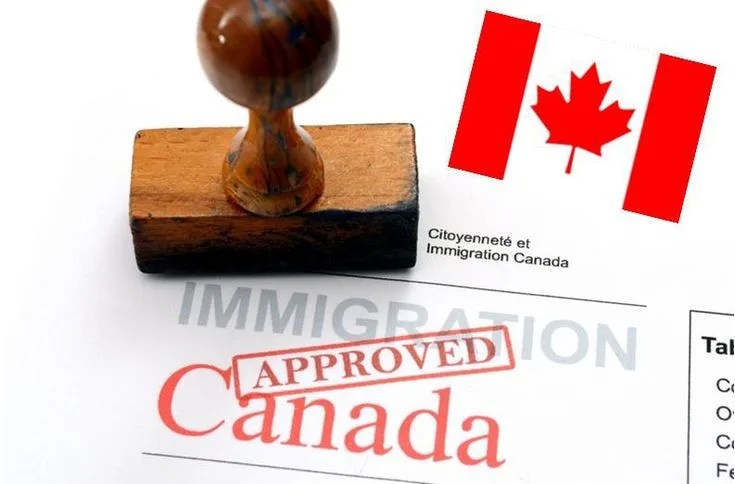Table of Contents
Introduction
In 2025, Canada introduced major adjustments to its family sponsorship programs, particularly impacting the Parents and Grandparents Program (PGP) and open work permits for family members of temporary residents. These changes are part of a broader response to economic pressures, public concerns about housing and public service capacity, and a refined vision for Canada’s immigration strategy. Whether you’re hoping to bring loved ones to Canada or are already in the queue, understanding these updates is crucial.

Updates to the Parents and Grandparents Program (PGP)
Application Limits for 2025
Immigration, Refugees and Citizenship Canada (IRCC) has capped PGP applications at 10,000 complete submissions for 2025. This cap reflects the government’s effort to manage processing volumes while keeping families connected.
Selection Process from Existing Pool
Instead of opening a new intake, IRCC will continue selecting potential sponsors from the existing pool of interest submissions made in 2020. Invitations will be sent out gradually, emphasizing transparency and fairness for those who have waited years.

Changes to Open Work Permits for Family Members
New Eligibility Criteria
As of 2025, open work permits will only be available to spouses and dependents of certain categories of temporary foreign workers and international students. The new criteria tighten access in an effort to control temporary resident numbers and address housing strain in high-demand areas.
Impact on Spouses and Dependents
Spouses of international students in non-masters or doctoral programs may no longer be eligible for open work permits, a move that has sparked concern across immigrant communities. These changes could impact the financial and emotional stability of many temporary residents and their families.
Implications of the 2025–2027 Immigration Levels Plan
Adjusted Immigration Targets
Canada’s updated Immigration Levels Plan for 2025–2027 maintains high permanent resident targets, but aims to stabilize the growth of temporary residents. Family reunification remains a priority, but within a more controlled framework.

Focus on Temporary Residents
The federal government has indicated a shift towards reducing reliance on temporary immigration streams, citing unsustainable growth and the need to align immigration with infrastructure and economic capacity.
Political Context and Public Opinion
Government’s Response to Public Concerns
These policy shifts come in response to increased public scrutiny over immigration’s impact on housing affordability and healthcare. The federal government is attempting to strike a balance between public services and immigration levels.
Opposition Parties’ Stance
Opposition parties have divided responses. Some advocate for stricter immigration controls, while others call for more humane approaches that don’t penalize families or international students. Immigration is expected to remain a key issue in upcoming political debates.
Economic Considerations
Potential Impact on GDP
Reducing the number of temporary workers and students may slow GDP growth in the short term, especially in service sectors that rely on immigrant labour. However, the government argues that focusing on long-term integration will lead to more sustainable growth.

Balancing Economic Needs with Public Services
Canada is attempting to balance labour market needs with limited public resources, aiming for a more strategic use of immigration to support both the economy and infrastructure, such as healthcare and housing.
Navigating the New Landscape
Tips for Potential Sponsors
- Stay informed: Check the IRCC website regularly for updates.
- Prepare documents early: Ensure all financial and relationship documents are up to date.
- Consult professionals: Consider speaking with an immigration consultant or lawyer, especially if your case is complex.

Resources for Applicants
- IRCC Website – Family Sponsorship
- Settlement agencies and community centres
- Immigration legal aid and non-profits
Conclusion
The 2025 family sponsorship changes reflect a significant pivot in Canada’s immigration strategy—one that tries to maintain family unity while responding to pressing public and economic pressures. Whether you’re a potential sponsor or a family member hoping to come to Canada, staying informed and proactive is your best move in navigating this evolving landscape.
FAQs 
What are the main changes to the PGP in 2025?
IRCC will accept up to 10,000 complete applications, selecting candidates from the existing 2020 interest to sponsor pool.
How do the new rules affect spouses of international students?
Spouses of students in non-masters or doctoral programs may no longer be eligible for open work permits, depending on the type of program and institution.
What are the new immigration targets for 2025?
Canada plans to maintain high permanent resident levels but will reduce temporary resident inflow, focusing more on sustainability and infrastructure alignment.
How can I check if I’m eligible to sponsor a family member?
Visit the IRCC sponsorship eligibility page and review the income and relationship requirements.
Where can I find more information on these changes?
The IRCC’s official site and reputable immigration consultants offer updates, resources, and application guidance.




